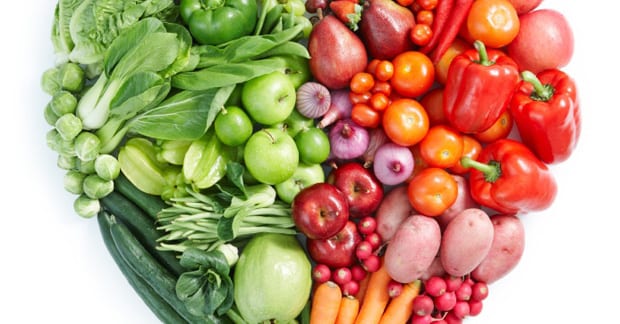In Part 1, we discussed dietary approaches for the cancer patient such as the Paleo or “caveman” diet, the Mediterranean Diet, and the DASH (Dietary Approaches to Stop Hypertension). We also began the discussion of how to supplement the diet to optimize health for the cancer patient with a firm warning that these approaches DO NOT replace required conventional cancer treatments, but rather, enhance the health of the cancer patient during the process of being treated for cancer. Let’s continue…
4) Lower insulin: Studies out of Toronto reported a 283% increase of breast cancer in women with high insulin levels. Abdominal weight gain is a common marker of sugar imbalance and high insulin levels. Because cancer cells have insulin receptors, having a high level of insulin is like throwing gas on a fire, as insulin makes the cancer cells grow, spreading the cancer. A fasting blood sample is needed—a reading of 80 is nice and low while 190 is high. AVOIDING sugars, refined carbohydrates, saturated fats, obesity, and empty calorie foods can help lower blood sugar. DO eat fiber, quality protein, and get LOTS OF EXERCISE!
5) Lower Glucose Load: Our body functions best when we keep our blood glucose levels consistent. Eating foods high in sugar results in a glucose spike in the blood and the body has to produce insulin to reduce the high level sometimes causing it to plunge too low (hypoglycemia). Glucose load refers to the rate glucose is released into the blood stream and foods with a high “glycemic index” are the worst!
6) Increase Fiber: We can reduce our estrogen blood levels by as much as 36% by consuming fiber. One study reported a 54% breast cancer decrease in women who utilized a high fiber diet! As previously stated, fiber decreases the glucose load, but it also reduces hunger (obesity control), lowers cholesterol, decreases heart disease risk and some cancers (such as breast cancer). The standard American diet is very low in fiber (5-10 grams/day). We should eat 30-50 grams/day (of which at least 10 grams of soluble fiber such as flaxseed, nuts, seeds, psyllium, beans, lentils, peas, and some fruits & vegetables).
7) Increase Antioxidants: These “gobble up” the free radicals that can damage DNA and can “turn on” cancer genes. Free radicals are produced from fat metabolism, solar radiation, cigarette smoke, air pollution, heavy metals, the ozone, organic solutions, pesticides, food additives, and more. In other words, we can’t avoid them! Fruits and vegetables are great sources of antioxidants and eating a wide variety of “colors” is important. Cartenoids give fruits and veggies their color. Preparation methods such as sautéing, barbequing, and juicing are good approaches. Other good sources include green tea and taking coenzyme Q10 (50-100mg/day), lipoic Acid (50-100mg/day), glutathione (100mg/day), vitamin C (1000-5000mg/day – to the point of loose stools then back off), vitamin E (400-800IU/day), and selenium (50-100mcg/day).
This discussion will continue in “Part III.”
Thousands of Doctors of Chiropractic across the United States and Canada have taken "The ChiroTrust Pledge":
“To the best of my ability, I agree to
provide my patients convenient, affordable,
and mainstream Chiropractic care.
I will not use unnecessary long-term
treatment plans and/or therapies.”
To locate a Doctor of Chiropractic who has taken The ChiroTrust Pledge, google "The ChiroTrust Pledge" and the name of a town in quotes.
(example: "ChiroTrust Pledge" "Olympia, WA")
Content Courtesy of Chiro-Trust.org. All Rights Reserved.

